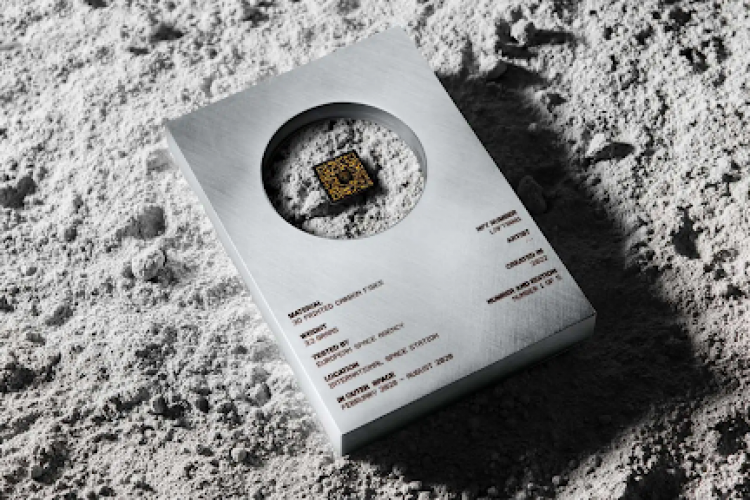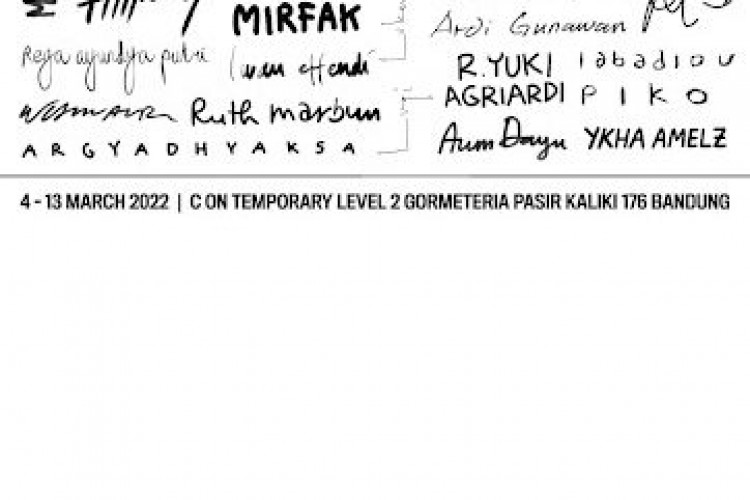The Emancipation of Theatre in Prison
Documenting Compagnia della Fortezza, an Inmate Theatre Troupe.
by Ken Jenie
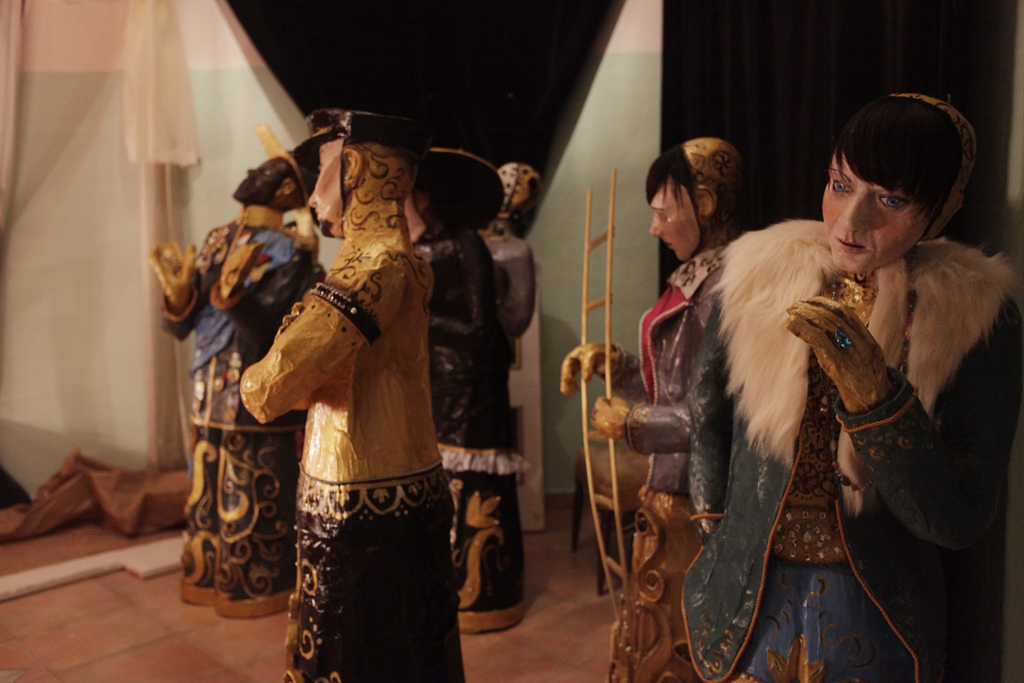
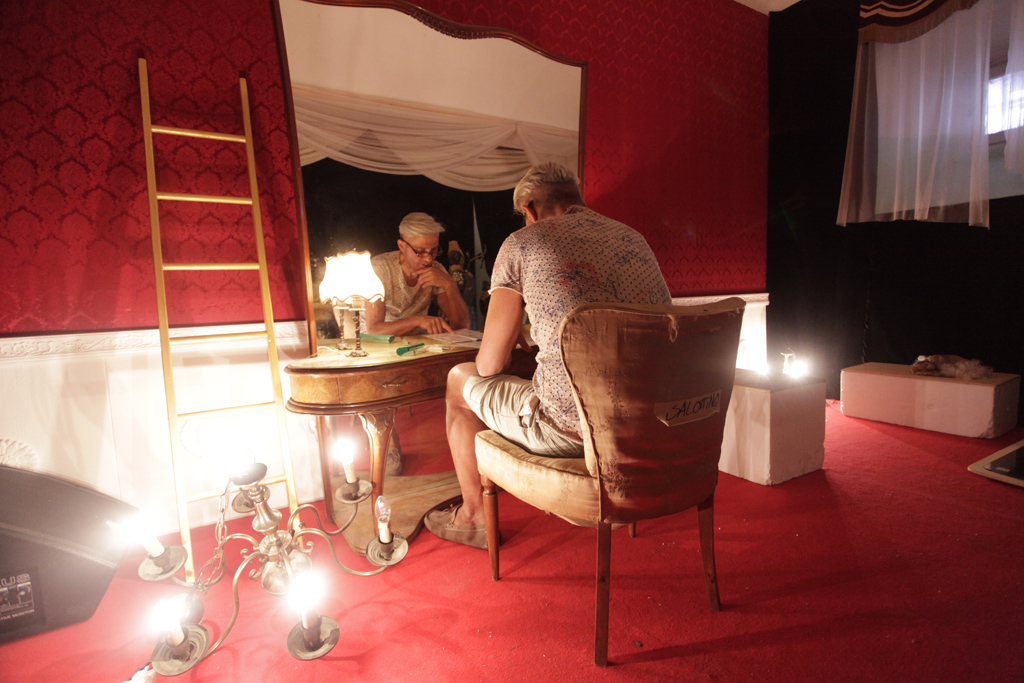
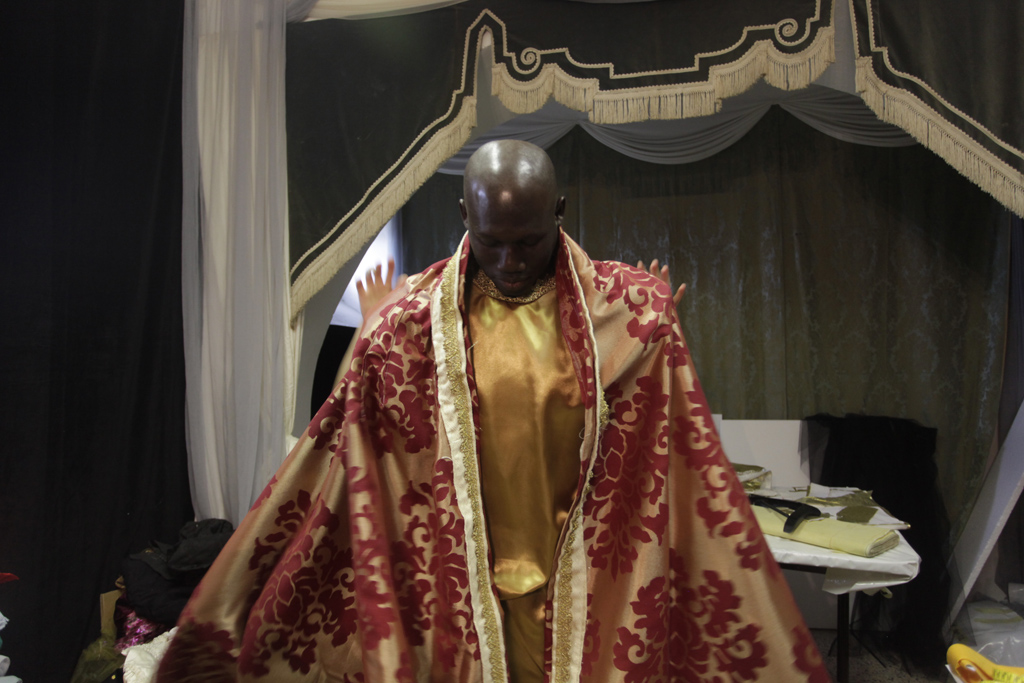
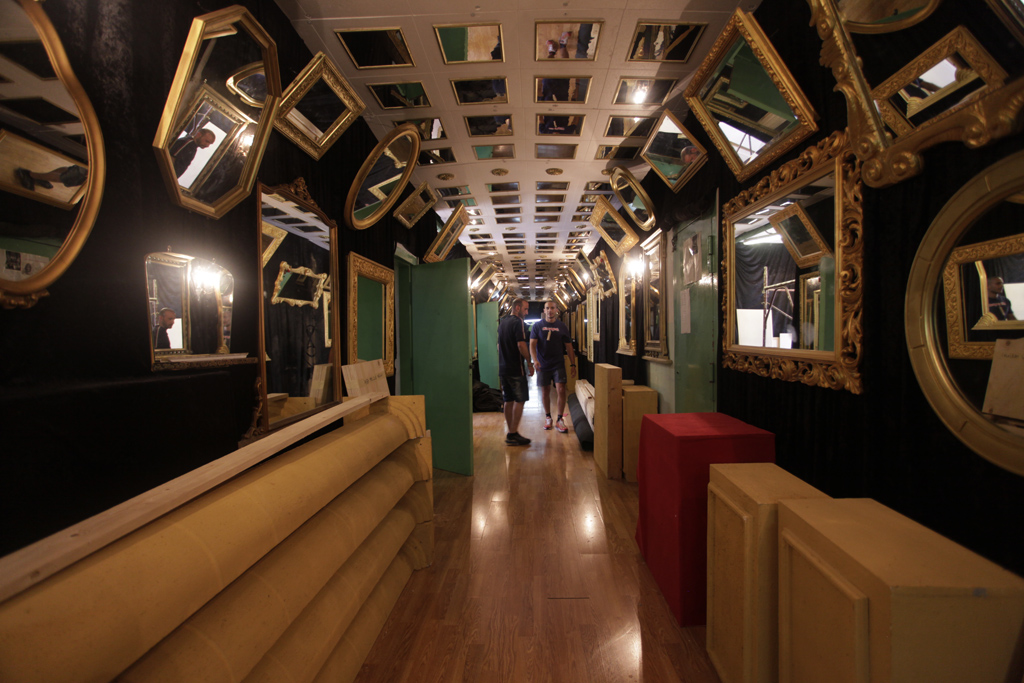
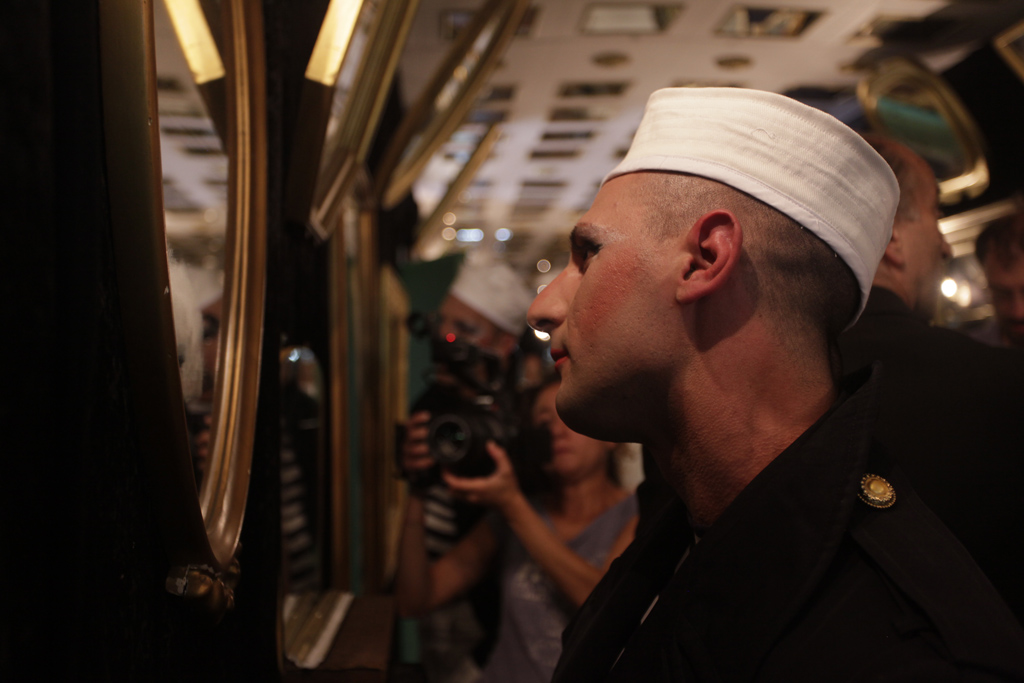
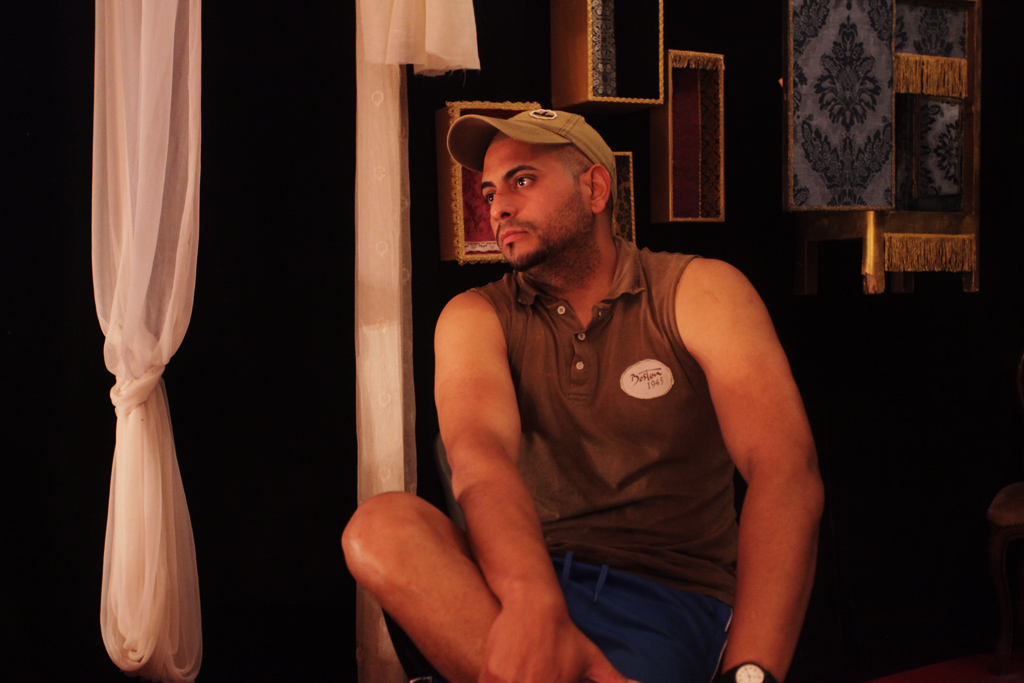
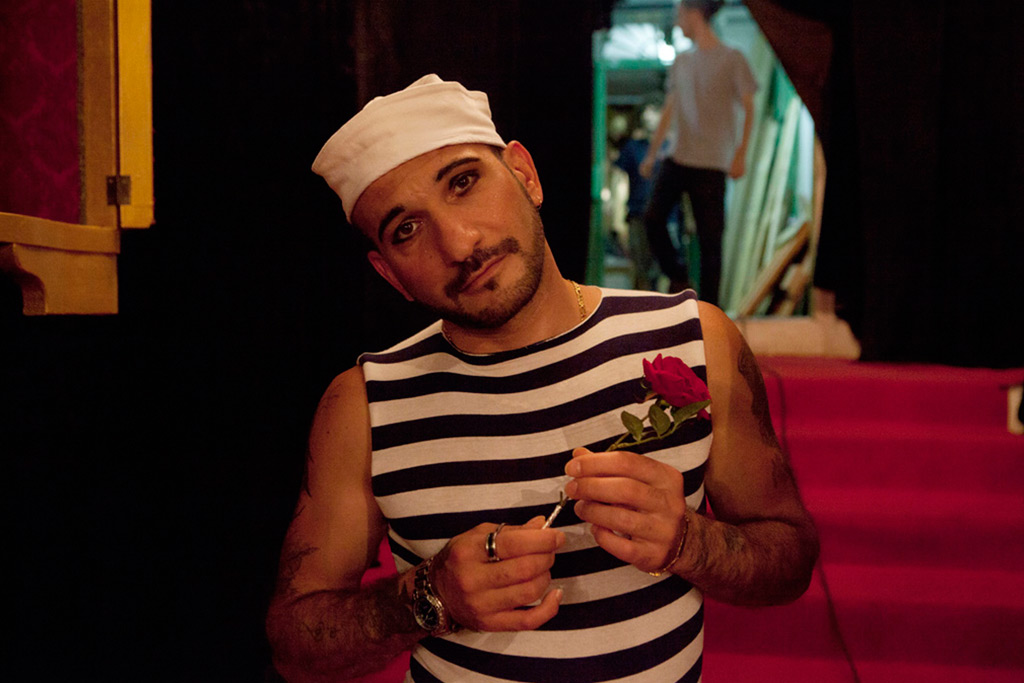
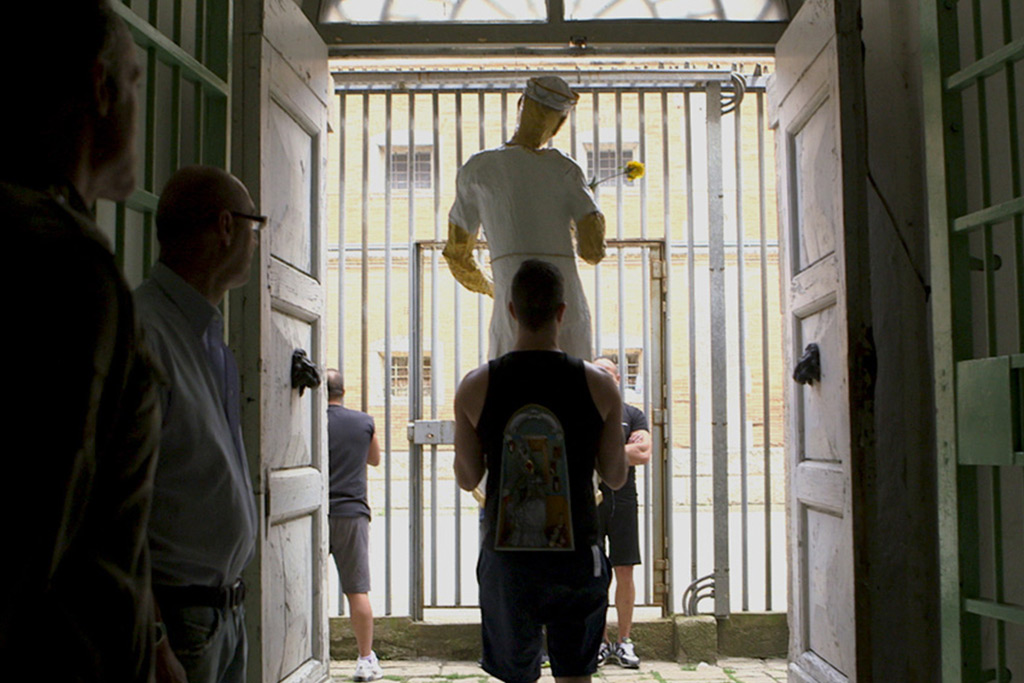
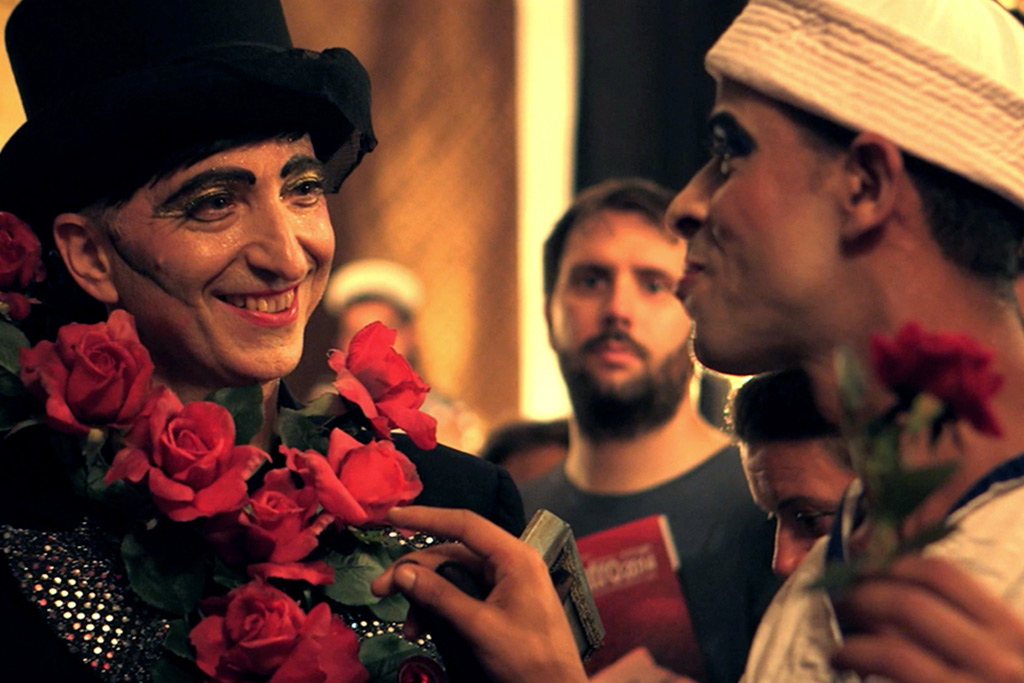
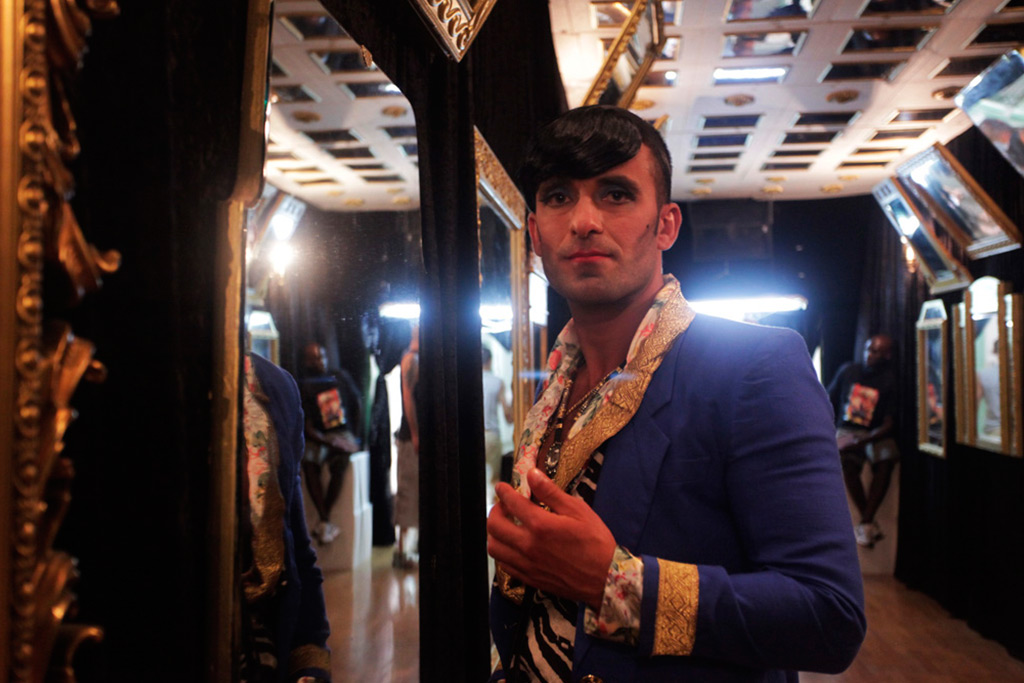
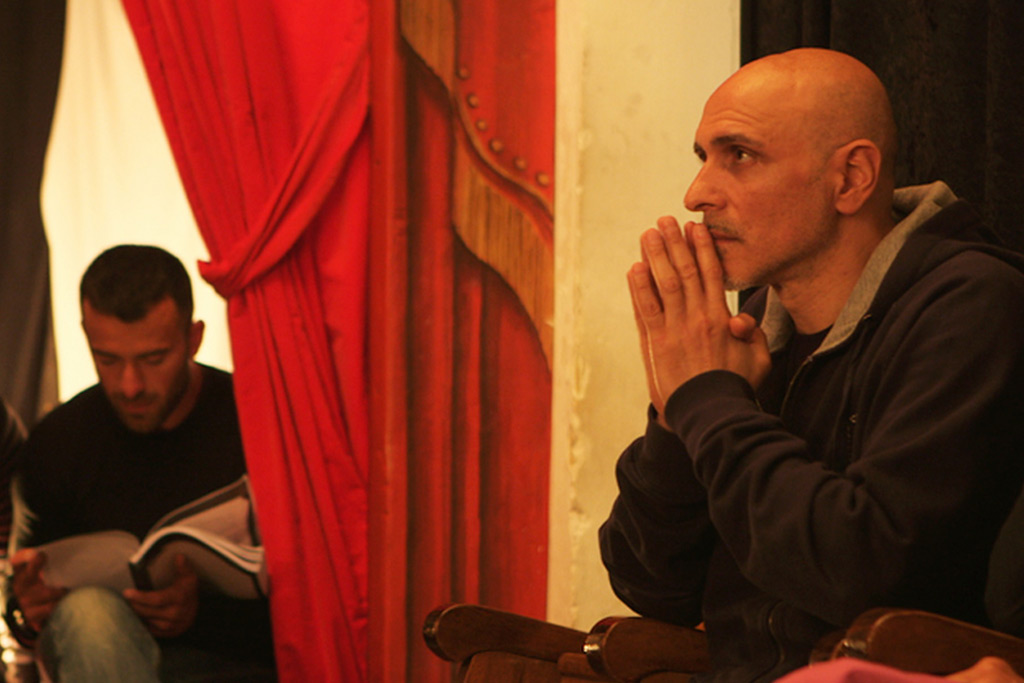
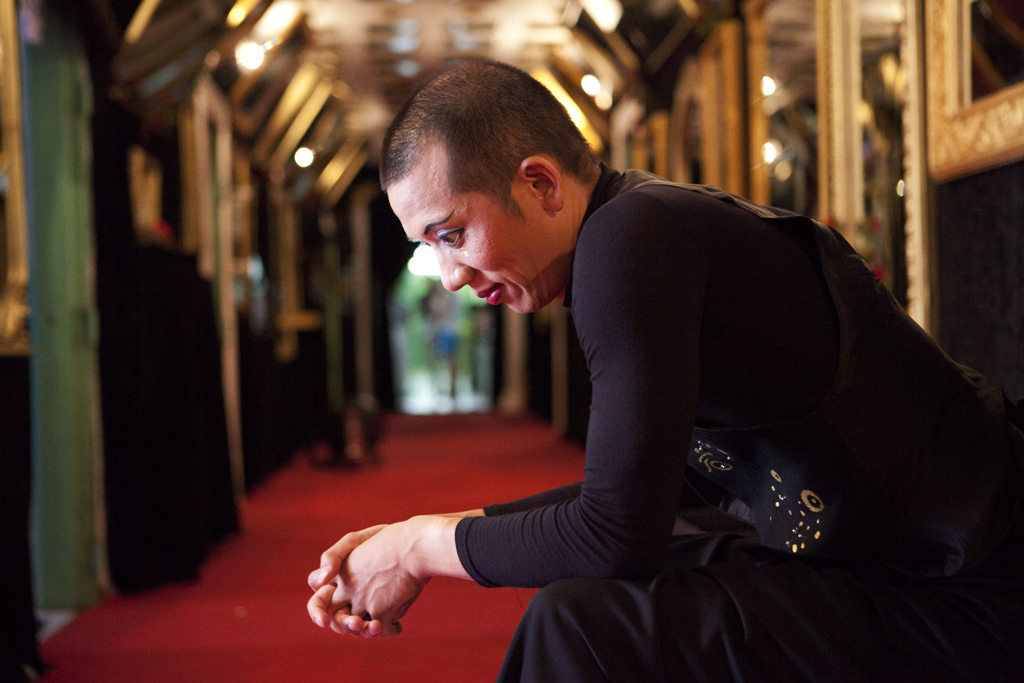
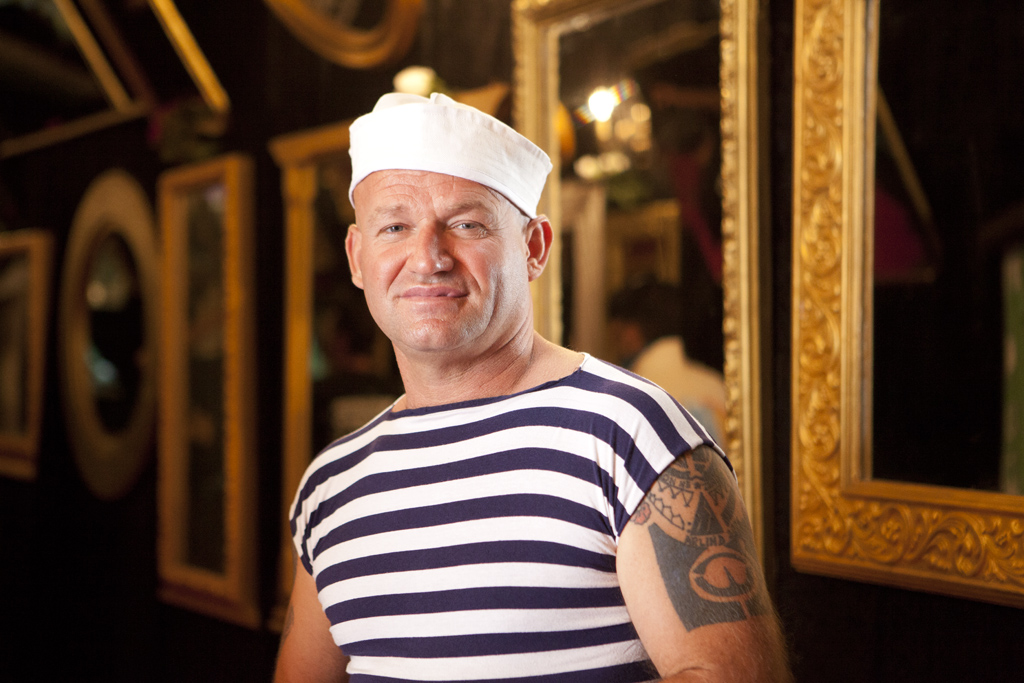
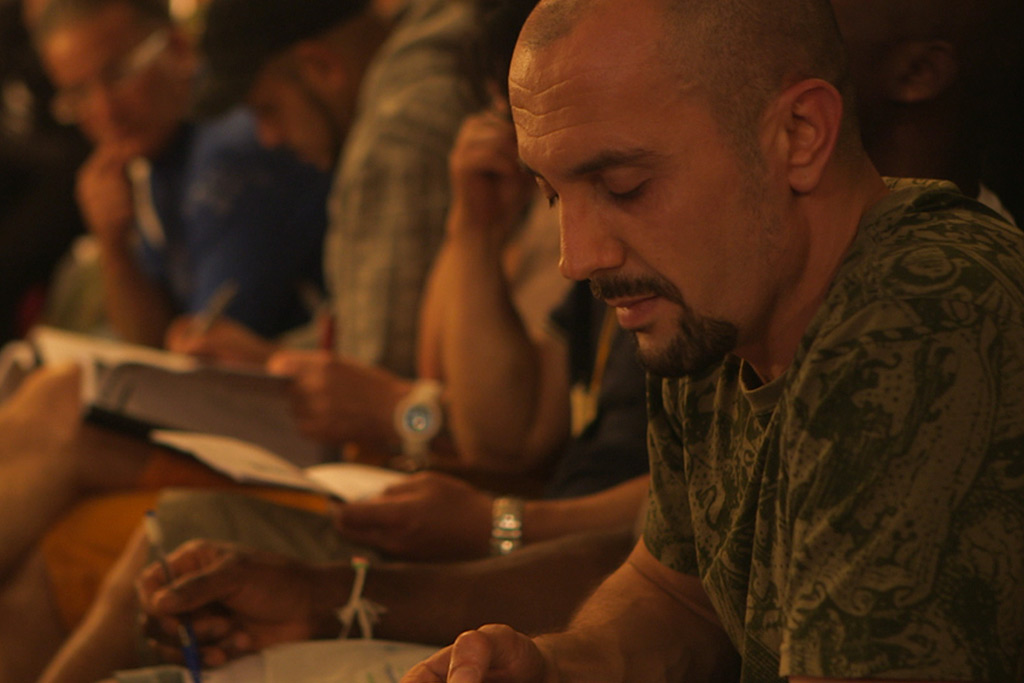
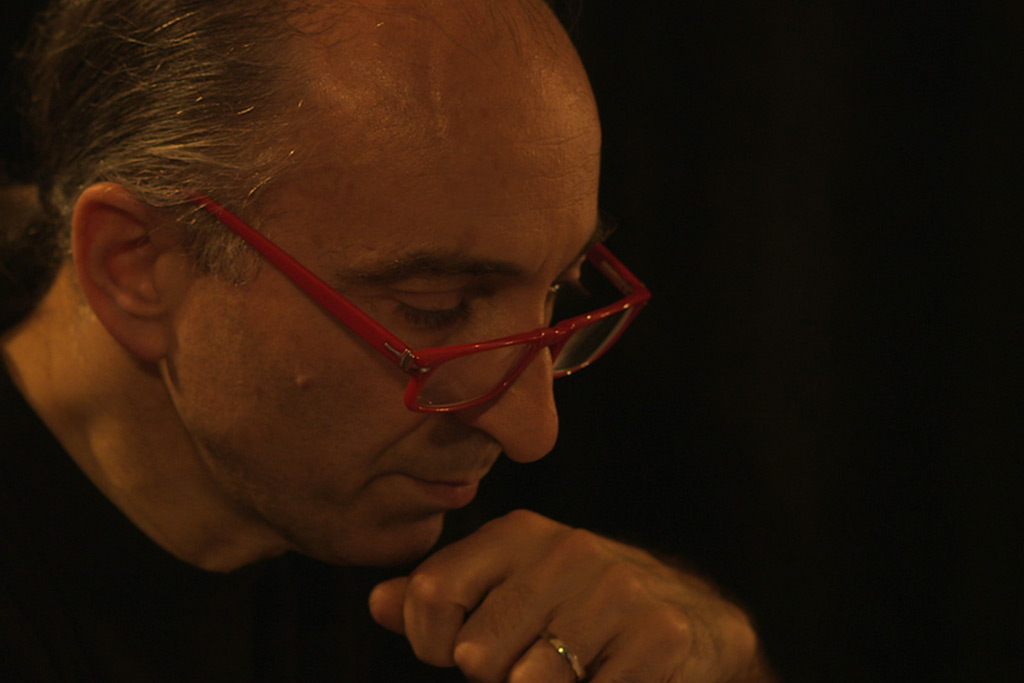
Sitting above the Tuscan hilltop town of Volterra, Fortezza Medicea houses a maximum-security prison famous for its theatre ensemble, Compagnia della Fortezza. The presence of theatre lightens the aura of this imposing 15th century Etruscan space. Most importantly, it enables a hopeful platform for engagement. Twenty-six years in counting. Armando Punzo, founder and principal of the program recall the prison to be a vastly different place when he first set foot. During his preliminary stages of work, the prison was cautious of his presence. It was probably out of the ordinary to have an individual, outside of the penal system to enter at that time. In the seventies, Volterra prison was known to be a place where riot, chaos and torture intertwined. Armando’s efforts blossomed and his charisma quickly changed up the game. Compagnia della Fortezza is now one of the most celebrated programs in the country.
The theatre program has an open door policy. Everyone is welcomed; individuality and diversity are equality certainly entertained, even embraced. The way things are run can be comparable to belonging in a family. The inmates are a great support system to one another. Armando on the other hand, is their guiding hand: providing ongoing mentorship and constructive criticism when needed. Despite his reputation and success, he is one of the humblest people I have met. Watching him treat everyone, as his equal is admirable. I strongly believe that this is what attracts both inmates and collaborators to his program.
Armando has this natural ability to bring people together. It translates in the work he presents annually (to the public) with his closely-knit team. Collectively, they endure a stimulating environment for inmates to express themselves, voice their thoughts and immerse in a cultural experience. Each inmate has something unique to bring to the table and Armando brings that into the mix for the public to experience. Through theatre, the public is able to get to know them and see their potential as actors and as individuals, just like them.
I remember our first day in prison like it was yesterday. Alice, Armando’s incredible assistant and collaborator, walked us through a narrow hallway. It was quite a stretch from the main entrance. We soon arrived in front of a room next to the open courtyard. A group of men stood tall nearby the turquoise door. They smiled and carried on mingling about—smoking cigarettes, chatting away and sipping coffee consecutively. It was an afternoon break; or to be more precise, it was an afternoon ritual. The energy and the essence of these men are quite remarkable. When truly observed, each vignette held equal weight: beguiling, amusing, daring. It was as if Jim Jarmusch’s Coffee & Cigarettes unfolded before my eyes.
I felt like I was back in art school. The red room we occupied, was a large prison cell manicured into a theatre rehearsal space. This became a space I came to appreciate for months end. Everyday was a new day; everyday was a learning curve. In fact, it still is. Armando’s methodology and approach to theatre is one-of-a-kind and contains this element of surprise. Throughout the day, a couple of inmates would check in with us to see if we were learning the same way they are. Their hospitality naturally became an opportunity for my crew and I to further understand their backgrounds and involvement with theatre.
These men I have encountered come from all walks of life. Some of the men are pure Italian and some are of foreign descent. On a daily basis, I would sit at different areas throughout the space, which allowed me to engage with many of them. They were extremely welcoming and thoughtful. More importantly, they were eager to share with me as much as I was to them. Their strikingly distinct characteristics drew me closer to getting to know them individually—some charismatic, some funny, and some determined. We’ve bonded through interesting stories of culture, religion, cuisine, language, travel and traditions, to name a few. Nevertheless, every single one of them praises the theatre program and speaks highly of Armando. Vice versa, Armando enjoys their wittiness and candor like no other.
Although many came off as shy, deep down, they provided me with great insight. A Chinese inmate mentioned to me that the program is essentially a true meaning of democracy. A democracy that is seldom found in our society, though often advertised as so. I found that statement to be extremely powerful. Theatre became a window to explore opportunity and freedom of expression. It was escapism from and within an otherwise bureaucratic judicial system. This approach to building confidence in them is crucial. I think what makes it work flawlessly is the ongoing support from Volterra locals. They treat the program and the inmates with respect. It is a fascinating relationship that you don’t often see.
One of the most beautiful moments, in my opinion is witnessing transformation—the exhilarating change of people and space. Outsiders don’t often see or understand the importance of such programs or the role it plays in shaping their perception. Armando opened our eyes to a world of possibility. I am hopeful that in the near future, Compagnia della Fortezza will be able to build a stable, repertoire theatre that they deserve. I look forward to Armando’s work extending beyond prison walls.
My documentary, The One & The Many tells a dramatic tale of human potential and transformation as it closely follows and documents the stories of prison inmates at Volterra Prison as they participate in the spontaneous, vigorous and yet intensive theatre program. Through this film, I hope to bring light to the importance of such programs and open up a conversation of reform. We are currently running a Kickstarter to take our project to the next level.
The One & The Many Kickstarter
The One & The Many Official Website
The One & The Many Facebook Page










